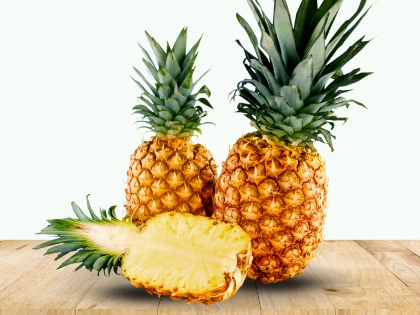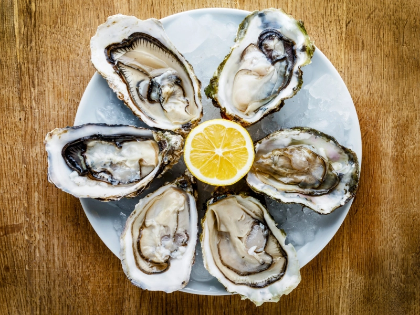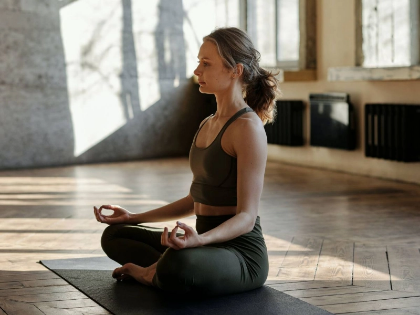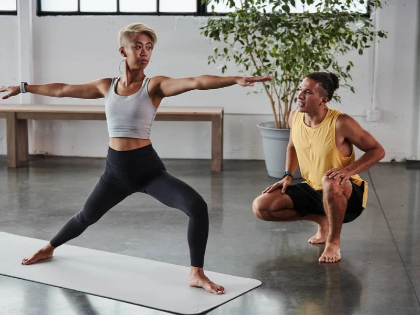Boost Your Practice of Yoga to Improve Restorative Pose
You can accomplish yoga positions that hurt or are hard for your body to hold by using a bolster. Boundaries not only relieve pain, but they also aid with posture. Large supportive cushions, known as boosters, come in both circular and rectangular shapes and can be filled with a variety of materials. These substances differ and have various effects on the bones.
Encouragement

Boosts the metabolism
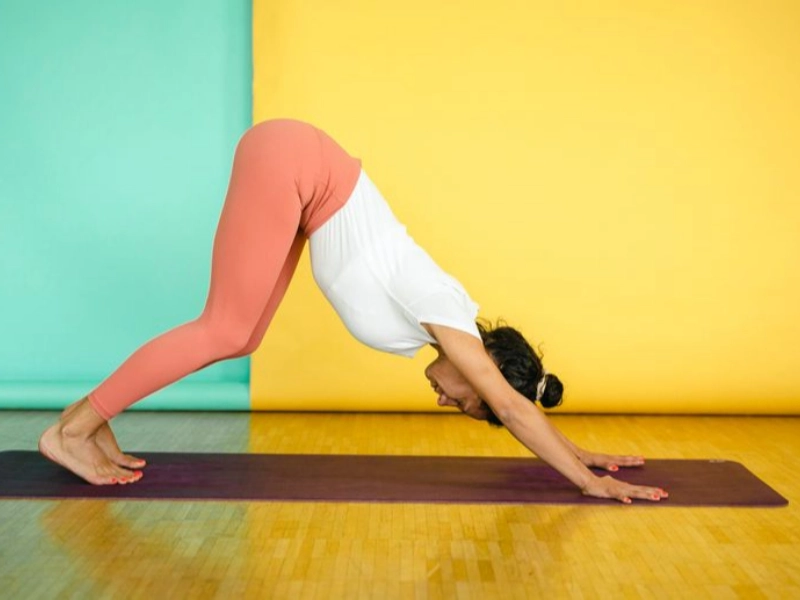 Using a yoga bolster can improve your strength and flexibility while also assisting with posture relaxation. Frequent use of this feel-good prop can result in weight loss since it increases metabolism by activating the endocrine and stomach organs.
For example, by removing the resistance of gravity and enabling your body to soften into the posture, a bolster can help you achieve deeper forward bends. In Upavista Konasana, placing a bolster beneath your torso can also be a very calming technique to help you release tension in your face, neck, shoulders, and chest muscles.
In yoga, especially in restorative poses and yin yoga, bracers are a common prop. But you can use them to support your body and improve your comfort level in any kind of yoga. They are available in an extensive range of sizes, forms, and firmness levels. Though they can also be circular, rectangular shapes are the most typical. They can be filled with kapok, cotton, buckwheat, or another material.
Using a yoga bolster can improve your strength and flexibility while also assisting with posture relaxation. Frequent use of this feel-good prop can result in weight loss since it increases metabolism by activating the endocrine and stomach organs.
For example, by removing the resistance of gravity and enabling your body to soften into the posture, a bolster can help you achieve deeper forward bends. In Upavista Konasana, placing a bolster beneath your torso can also be a very calming technique to help you release tension in your face, neck, shoulders, and chest muscles.
In yoga, especially in restorative poses and yin yoga, bracers are a common prop. But you can use them to support your body and improve your comfort level in any kind of yoga. They are available in an extensive range of sizes, forms, and firmness levels. Though they can also be circular, rectangular shapes are the most typical. They can be filled with kapok, cotton, buckwheat, or another material.
Activates the Stomach
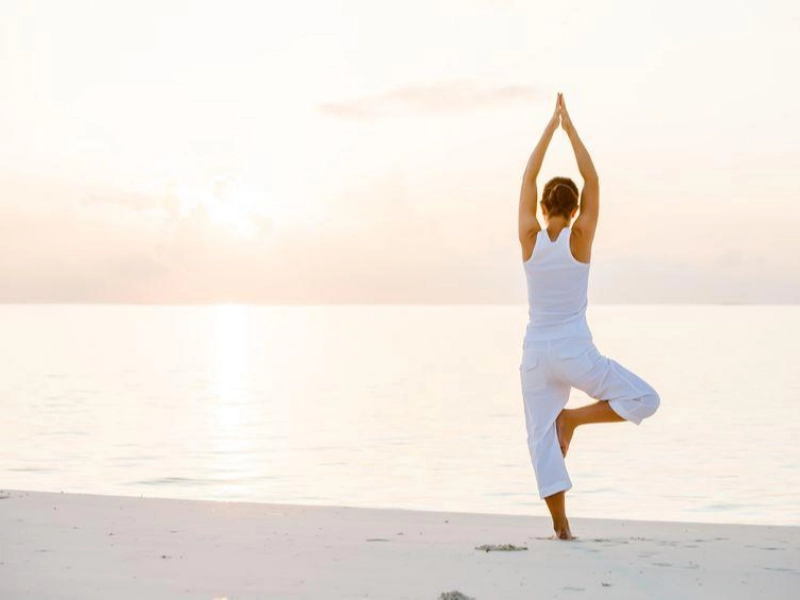 When a bolster is positioned lengthwise beneath the body, it can aid in improving circulation in the chest and abdomen. As a result, the body becomes more receptive and blood flows more freely, bringing oxygen-rich blood to the organs.
Yoga is an intricate exercise that frequently calls for a high degree of flexibility, strength, and balance. It can be difficult, demoralising, or even dangerous for someone who lacks this degree of fitness to attempt some poses. Up until students develop the strength and flexibility to do the poses on their own, boosters can provide yoga with the stability and support they need to advance safely.
Yoga bolsters from Ajna Wellbeing are available with a variety of fillings, each with special properties and advantages. Buckwheat, recron, and fibre-fill with 30% recycled polyester fibre are a few of them. Each has special qualities of its own and will require distinct maintenance. Before choosing the bolster that is perfect for you, you should always read the label.
When a bolster is positioned lengthwise beneath the body, it can aid in improving circulation in the chest and abdomen. As a result, the body becomes more receptive and blood flows more freely, bringing oxygen-rich blood to the organs.
Yoga is an intricate exercise that frequently calls for a high degree of flexibility, strength, and balance. It can be difficult, demoralising, or even dangerous for someone who lacks this degree of fitness to attempt some poses. Up until students develop the strength and flexibility to do the poses on their own, boosters can provide yoga with the stability and support they need to advance safely.
Yoga bolsters from Ajna Wellbeing are available with a variety of fillings, each with special properties and advantages. Buckwheat, recron, and fibre-fill with 30% recycled polyester fibre are a few of them. Each has special qualities of its own and will require distinct maintenance. Before choosing the bolster that is perfect for you, you should always read the label.
Reduces Stress
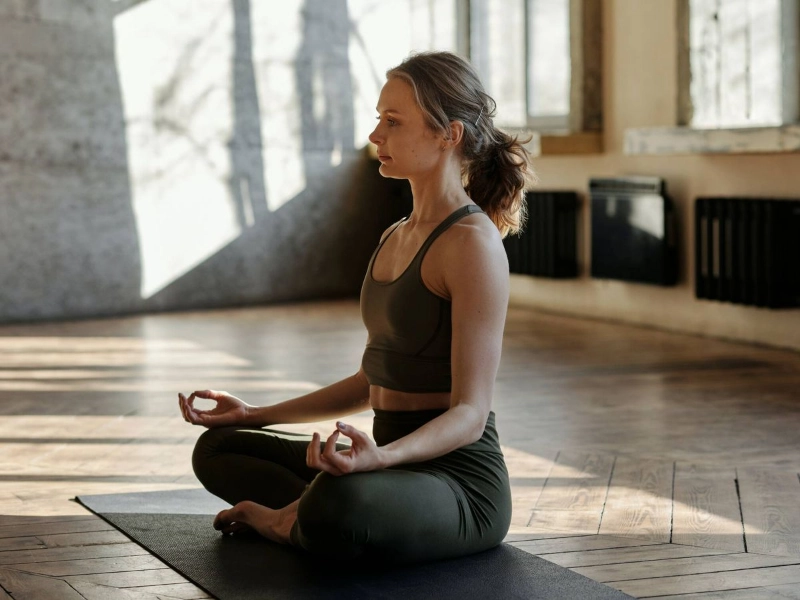 There are numerous physical and mental health advantages to using bolsters in yoga. In sitting forward folds, for instance, employing a bolster helps release tension in the lower back and spine, enabling you to sink deeper into the pose. Additionally, it activates the thymus and thyroid glands, which may aid in controlling metabolism.
Using a bolster in poses like dragonfly will assist you in opening up and relaxing your shoulders and upper back. For individuals who lack flexibility, it can even make the posture simpler to perform and help you reach a deeper stretch that is good for your body.
Buckwheat hulls, cotton batting, or synthetic materials and fillers can all be used to make bolsters. The weight, firmness, and durability of the bolster are determined by the type of material and filling used. Buckwheat hull bolsters, for instance, are tougher and heavier than cotton batting bolsters, but they are less likely to lose their shape with time. Cotton or synthetic fabric bolsters with fillings are softer, lighter, and better fit the natural contours of the body.
There are numerous physical and mental health advantages to using bolsters in yoga. In sitting forward folds, for instance, employing a bolster helps release tension in the lower back and spine, enabling you to sink deeper into the pose. Additionally, it activates the thymus and thyroid glands, which may aid in controlling metabolism.
Using a bolster in poses like dragonfly will assist you in opening up and relaxing your shoulders and upper back. For individuals who lack flexibility, it can even make the posture simpler to perform and help you reach a deeper stretch that is good for your body.
Buckwheat hulls, cotton batting, or synthetic materials and fillers can all be used to make bolsters. The weight, firmness, and durability of the bolster are determined by the type of material and filling used. Buckwheat hull bolsters, for instance, are tougher and heavier than cotton batting bolsters, but they are less likely to lose their shape with time. Cotton or synthetic fabric bolsters with fillings are softer, lighter, and better fit the natural contours of the body.




